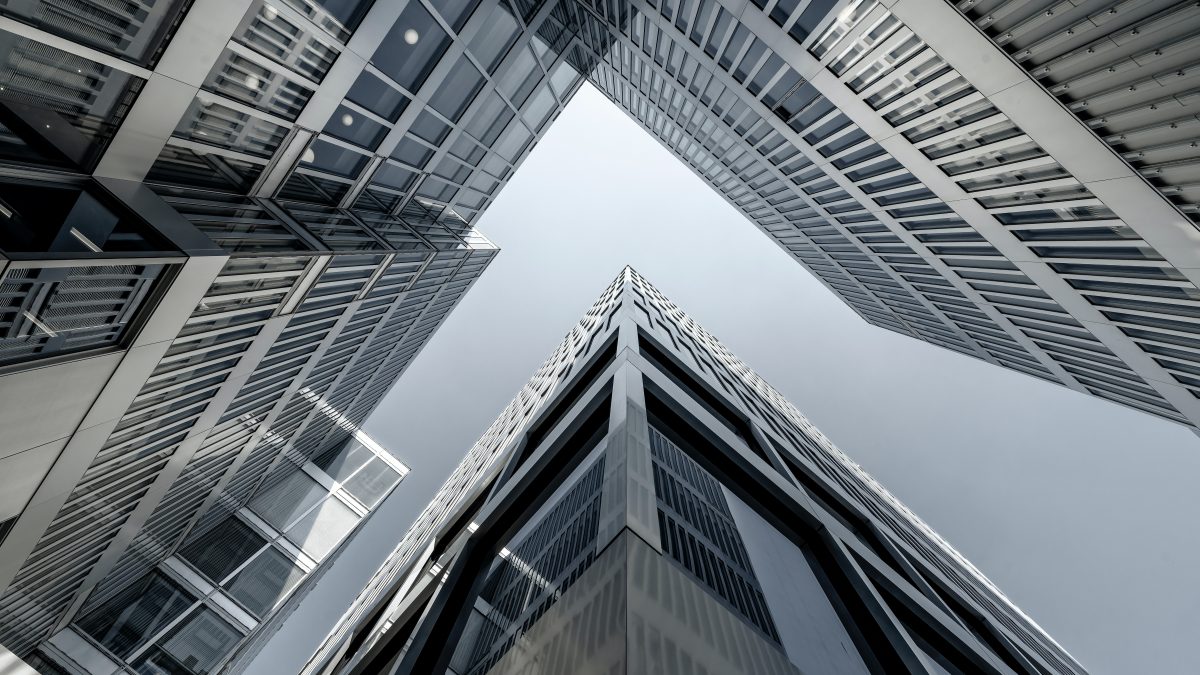
Navigating Your First Year: Maximising Opportunities in Law School
December 22, 2023
ChatGPT and the Bar – friend, foe or fad?
December 30, 2023BACKGROUND
In addition to the main public viewing gallery, the Tate Modern Art Museum built an extension, a new building named the “Blavatnik Building”. The top floor of the building had a viewing platform installed, which was used for public viewing by the gallery and could be hired for other events. This was a significant source of income for the gallery as several thousands of people would visit this platform to enjoy 360-degree scenic views of central London. The claimants owned apartments with floor-to-ceiling glass panels in a modern high-rise building just thirty metres away from the gallery. Problems arose when visitors from the gallery took pictures and videos of these private apartments and uploaded them online. The Supreme Court had to decide if the Court of Appeal failed in construing if visual intrusion would constitute a nuisance.
PROCEEDINGS
The trial judge held that there was no claim under nuisance as the design of the apartments made the owners sensitive. The owners were expected to have less privacy as they lived in an urban city, away from the countryside and were advised to install blinds instead. The Court of Appeal dismissed the claim and held that this case leaned more towards privacy than nuisance and that it must be left to the parliament to introduce more laws that dealt with overlooking.
JUDGEMENT
The Supreme Court overturned the appeal. The court held that the installation of blinds did not constitute a proper defence, as it places responsibility on the victim rather than the party that carried out the activity that caused substantial interference with the ordinary enjoyment of the victim’s property. The apartment owners did not seek any special or unequal treatment. They asked their neighbours for the same consideration towards them as a reasonable person would expect. For instance, a trespasser could not assert that he would not have trespassed if the owner had erected a boundary wall. The court considered it unsound, considering that the gallery would not have violated the apartment owners’ enjoyment of rights if the owner had taken measures to cover their glass panels. The Supreme Court also held that public utility could not be used as a defence and must only be considered relevant when considering the remedy. In addition, the courts also used a test to determine whether the land was being used for its ordinary and everyday use. The fact that a museum building was being used for public viewing caused the defendants to fail the test. In other cases where a claim was denied, it was deemed reasonable as the nuisance was caused for only a few hours per day or a few days per week/month. For instance, specific billboard lighting only caused a nuisance for a few hours after sunset. But in this case, the platform is open every day of the week, with many people visiting daily throughout the day. This constant observation from the viewing platform constituted a high level of nuisance, where an ordinary person would consider this situation to be of substantial
inference with the ordinary use of their apartments.
COMMENTARY
This landmark case has caused quite a stir. Although the apartment owners initially asked for an injunction to be set into place, the Supreme Court has tasked the High Court to deduce an appropriate remedy. This is yet another factor that the authorities must await before construction planning. Public authorities must now consider such developments and assess the impact that one building has on the other whilst obtaining proper consultation from their surrounding neighbours. This case might end up holding down developers that aim to develop the popular areas of the city as they must also take compensation that they might need to offer, into consideration. Although Tate’s gallery failed the test of ordinary and everyday use, other defendants are unlikely to fail this test, provided they are ordinary residential and commercial buildings.
Written by Damia Joanne D Silva





